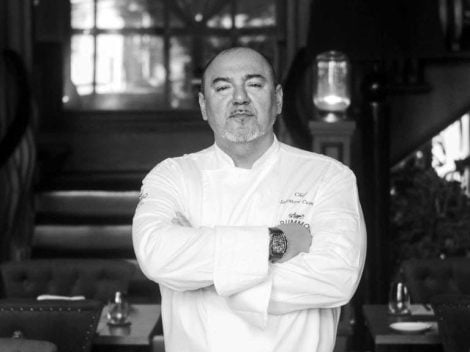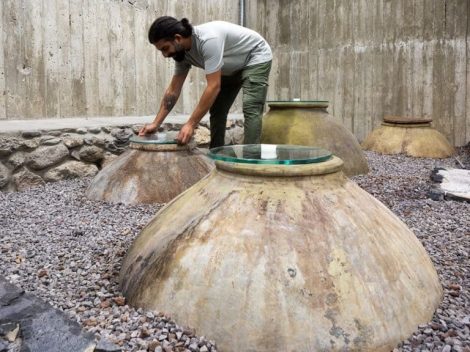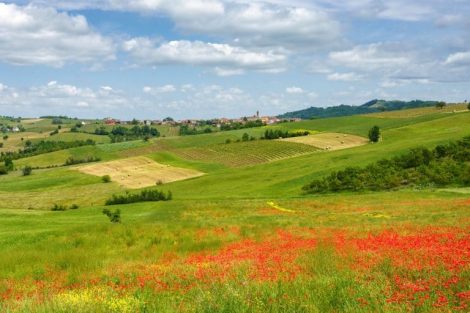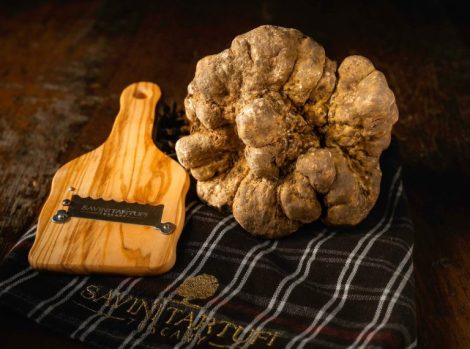"They’re killing us with pistachio ice cream; everyone wants it! This season alone, we’ve produced an average of 15 kilos a day of classic pistachio ice cream and another 15 kilos or so of the 'green gold' variety, which we also make with pistachio." "How much pistachio ice cream did we sell last season? In total, about 1,400 kilos!" "We had a boom in demand for salted pistachio ice cream with Cervia salt and pistachio pesto." We could go on forever and interview every gelato maker in Italy—not just three of the best, like Giovanna Musumeci (Bar Santo Musumeci in Randazzo), Luigi Buonansegna (Officine del Gusto in Pignola), and Juraj Detvaj (Torcè in Rome)—but we are confident that the answer would always be the same: pistachio is the best-selling flavor.
Through conversations with Italy’s best gelato makers, a suspicion took shape: there is indeed a pistachio-mania, and it’s not just limited to spreads that took off some years ago. From North to South, the trend is the same: pistachio reigns supreme in all its forms, though, ironically, there’s no precise reason. We contacted neuroscientists and professors of gastronomy, but the reason behind this attraction remains largely unknown. Still, we tried to get to the bottom of it.
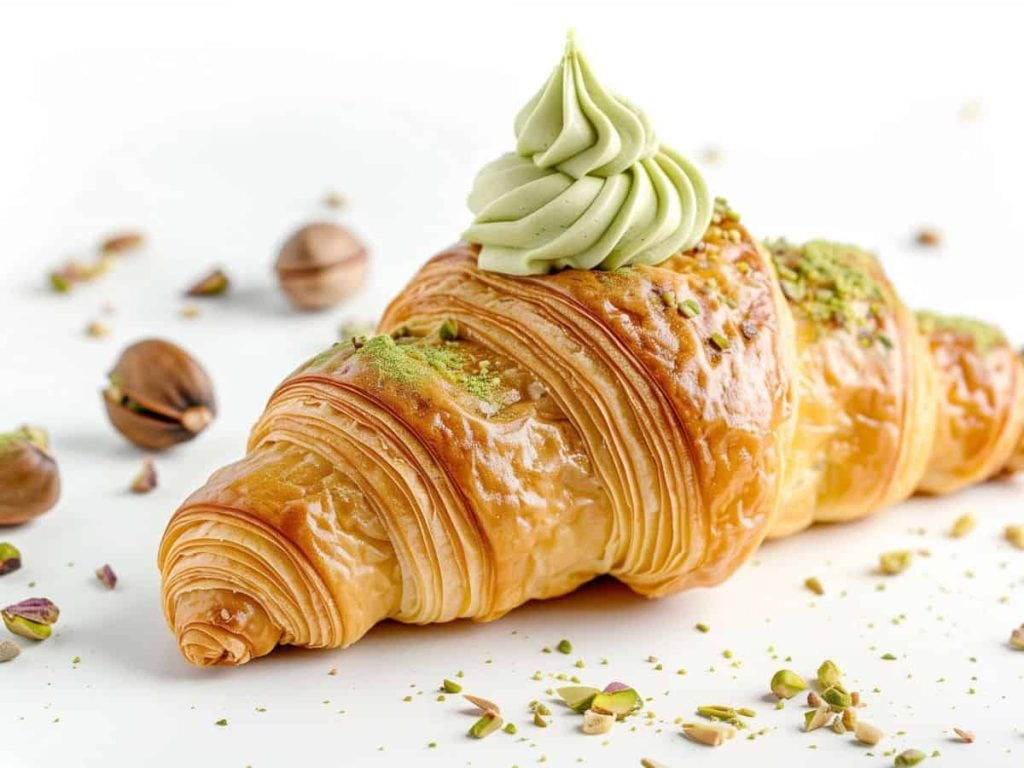
The color trend
Pistachio ice cream might be having the same fate as “Puffo” (Smurf) ice cream, a nostalgic flavor from the 1980s and 90s that occasionally still pops up in gelaterias along Italian coastlines. The blue color attracted children, and the fluorescent green of pistachio does too. But it’s never had the same appeal for adults, so much so that even Gabriella Morini, a professor at the University of Gastronomic Sciences in Pollenzo, observes: "In my day, nobody cared for pistachio because it had an incredible green color. Today, quality gelato is more readily available, and the color has changed; now pistachio green tends towards brownish hazelnut, even if it has its own distinct aromatic component, different from hazelnut."
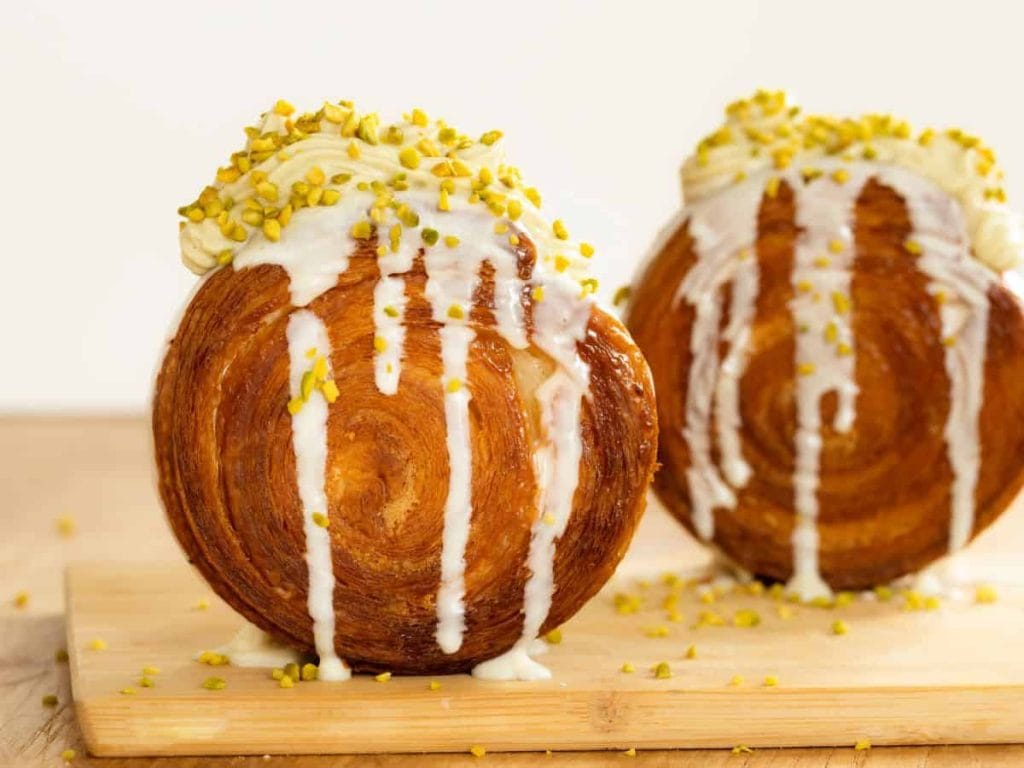
Today, many people know that fluorescent green pistachio is not ideal; it may contain artificial colorings we should avoid. Studio magazine identifies the color—considered “photogenic”—as the reason behind the rampant pistachio-mania, making pistachio a trend: it stands out in pastry displays and on restaurant menus. There’s even a restaurant chain (Eden in Rome) serving only pistachio-based dishes, from starters to desserts.
No scientific reasons
Let’s be clear: the reasons behind choosing pistachio ice cream are not scientific, as scientist Dario Bressanini explains: "There’s no scientific explanation; I think it might just be a trend—like all trends, it arrives and then passes—perhaps because over the years it’s been considered one of the more expensive ingredients in gelato making.” We are attracted to fats for an ancestral reason, as Professor Morini states: "We like fats because they provide twice the energy, as we evolved in an environment of scarcity; we aren’t drawn to sour or bitter flavors, for example, because in nature these remind us of foods that are either unripe or potentially toxic." And when it comes to nuts, the link to fat is very close at hand.
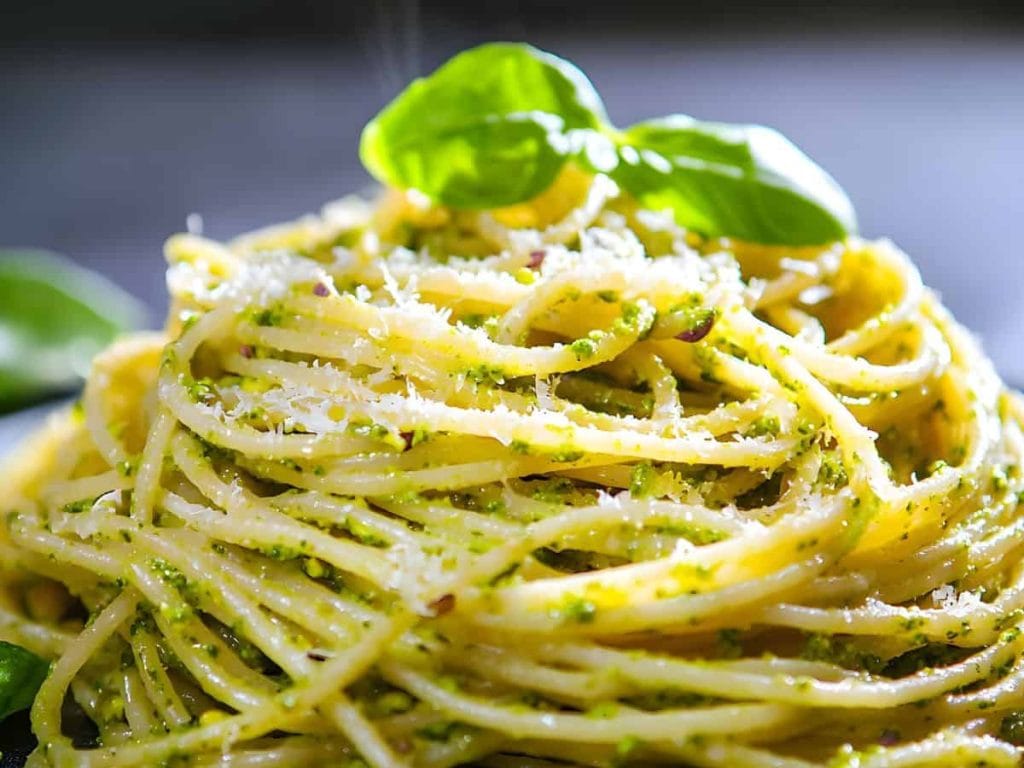
In choosing gelato flavors, pleasure plays a role too, as neuroscientist Attilio Scienza suggests. This could hypothetically lead to our preference for nut-based flavors: “Pistachio has a very delicate taste, unlike strawberry, melon, or chocolate, and doesn’t overpower the aromatic qualities of other gelato components like cream, fior di latte, or vanilla. It pairs well with these because of its slight toasted note. In the evolution of flavors, subtle ones are often preferred to strong ones as they are less overwhelming.”
A paradox for gelato makers
Pistachio has become a “prison” for gelato makers: customers all ask for pistachio, but it’s the most expensive flavor to produce. "Pistachio paste ranges from 40 to 60 euros per kilo, and in my gelateria, we add about 100 to 120 grams of pistachio paste per kilo of gelato,” says Antonio Mezzalira of Golosi di Natura in Gazzo (Pd). Giovanna Musumeci agrees: "We start with the fruit, toast it, and grind it into a pistachio paste, using around 120 grams for a one-litre mixture. For granita, we even use at least 200 grams.” Besides production costs, there’s the issue of resource availability: let’s debunk the myth that all pistachios consumed in Italy come from Bronte. There’s also Stigliano in Basilicata, and excellent pistachios come from Iran, Greece, and other Mediterranean countries.
We tried to explain the pistachio craze, and while there’s no mathematical formula or theorem linking the rampant consumption and insatiable craving, the advice is to enjoy it responsibly. Why? Feel free to read this all over again!


 Dubai speaks Italian: a journey through the Emirate's best Italian restaurants
Dubai speaks Italian: a journey through the Emirate's best Italian restaurants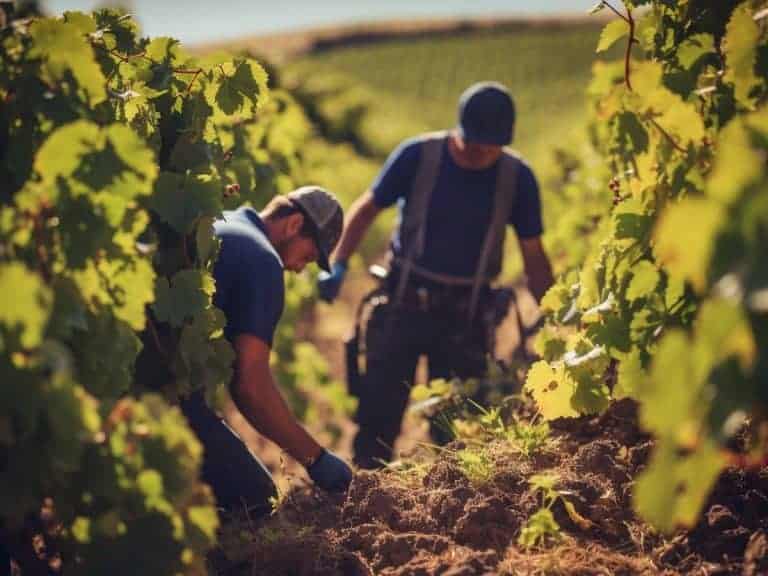 In France, over a thousand winegrowers have decided to abandon wine production
In France, over a thousand winegrowers have decided to abandon wine production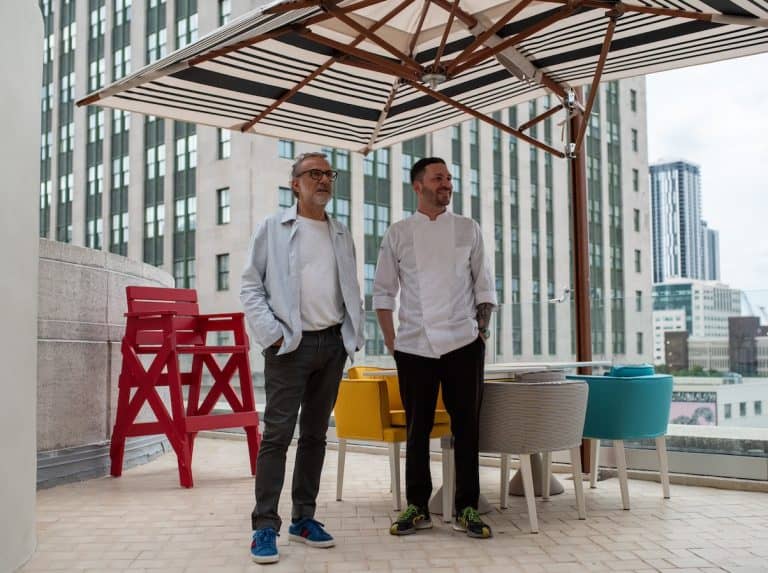 In Miami, a Restaurant Hired a Pair of Grandparents to Hand-Make Tortellini: The Story of Torno Subito
In Miami, a Restaurant Hired a Pair of Grandparents to Hand-Make Tortellini: The Story of Torno Subito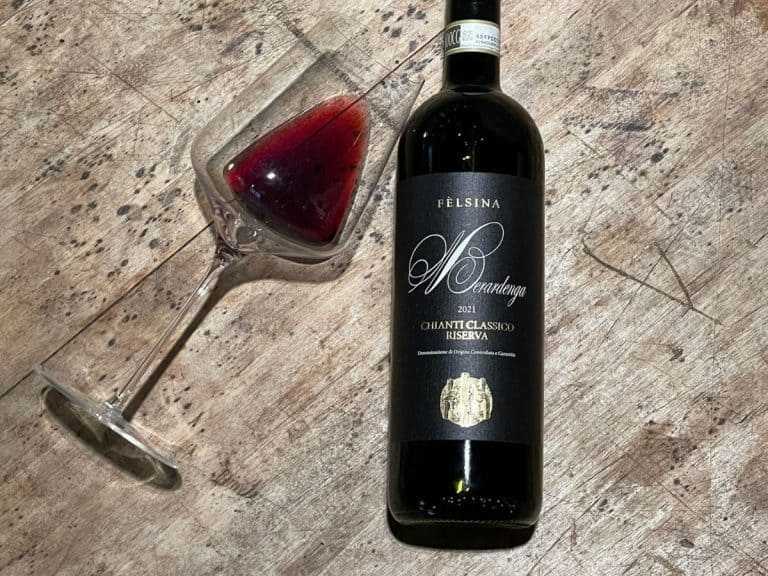 Wine Spectator’s Tuscan focus: All the Italian labels featured in the Top 100
Wine Spectator’s Tuscan focus: All the Italian labels featured in the Top 100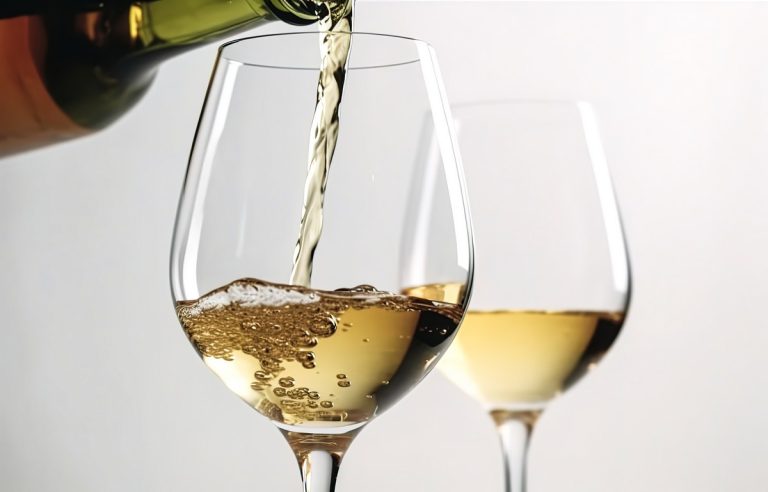 The 8 best Soave wines chosen by Gambero Rosso (with a brand-new entry in the Tre Bicchieri club)
The 8 best Soave wines chosen by Gambero Rosso (with a brand-new entry in the Tre Bicchieri club)
